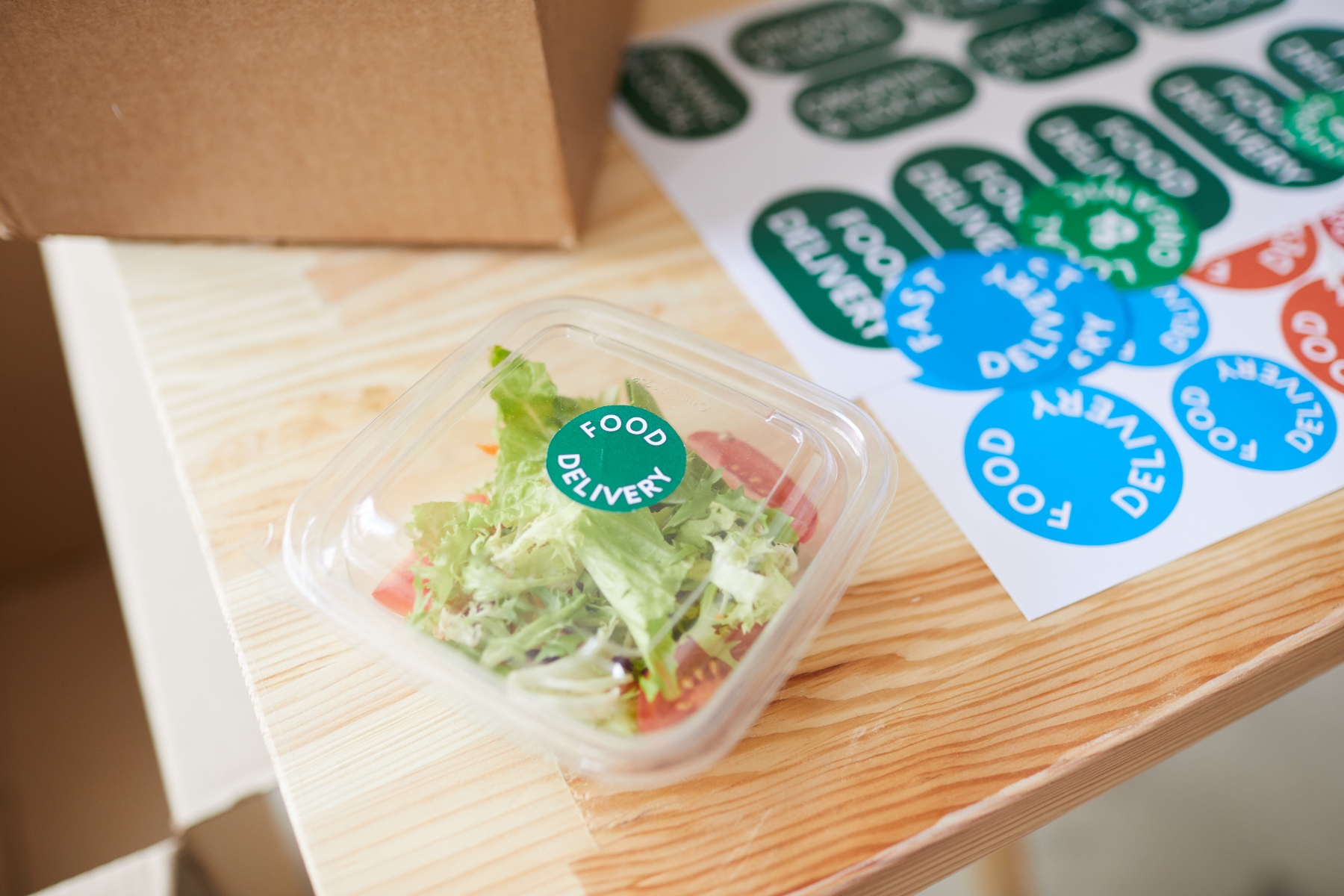Color isn't just about how things look; it's a powerful tool that can bring out people's emotions, making them feel a certain way, encourage them toward options, and leave a lasting impression. Understanding the difference between RGB and CMYK color build can help you get the best results for your next project, whether you're designing for digital screens or traditional print materials.
Below, we'll explain the differences between RGB and CMYK color models, how they work, and when to use each.
You'll better understand which color model is best for your project, guaranteeing vibrant and accurate results every time.
What is the Difference Between RGB and CMYK
When designing for a computer screen, you use RGB colors. But you'll need to use CMYK colors if you’re making something to be printed, like business cards, posters, or a magazine. Knowing the difference between RGB vs CMYK is really useful.
The difference between color modes is more than a fun fact; not knowing the difference can make or break your graphic design project.
What is RGB?
RGB stands for Red, Green, and Blue and is the color model that creates vibrant images on our screens.
Think of a TV or computer screen. Each pixel on the screen is made up of tiny red, green, and blue subpixels. By adjusting the intensity of these subpixels, the screen can showcase a wide array of colors, varying from deep reds to vibrant greens and everything in between.
RGB mode creates a vast range of colors for digital designs, producing up to 16.7 million color combinations. This contrasts CMYK mode, which is more limited and suited for printed materials.
Anything designed for a screen, from smartwatches to jumbotrons, should be in RGB color mode. Cameras also capture images in RGB format, recording the intensity of red, green, and blue light at each pixel.
The RGB color model uses values in the range of 0 - 255 to represent the levels of red, green, and blue. This means there are 256 levels of red, green, and blue to be combined, creating a spectrum of colors from black and white. This means over sixteen million possible colors are in the RGB color mode. You read that right! That’s a lot of color options.
To help you understand RGB color mode better, here are a few examples
RGB Examples
The RGB value for the black color is:
- Red: 0
- Green: 0
- Blue: 0
This means there is 0% red light, 0% green light, and 0% blue light, which results in a complete absence of light and produces black.
If you’re wanting to create white, a designer should input the following:
- Red: 255
- Green: 255
- Blue: 255
This is the highest possible value for each color. This means that the red, green, and blue lights are 100% bright, resulting in the maximum presence of light, resulting in white.
Best File Formats for RGB
- JPEGs: They are a great choice for RGB files because they strike a good balance between file quality and size. Almost everyone can open them.
- PSD: This is the go-to file type for RGB documents if anyone uses Adobe Photoshop.
- PNGs: Perfect for graphics with transparent backgrounds, like buttons, icons, or banners.
- GIFs: Capture montion. They are the way to go for animated elements like logos or icons.
What is CMYK?
Have you ever wondered how those vibrant magazine covers or colorful posters come to life? It's all thanks to CMYK, or Cyan, Magenta, Yellow, and Black. For designs intended for print, it's best to create them in CMYK mode. This color model is the backbone of the printing industry.
CMYK is a subtractive color model, unlike RGB, which is used for digital displays.
This means that instead of adding light, it subtracts light from white. Cyan, magenta, and yellow are the primary colors of CMYK, and black is added to create darker shades and enhance contrast.
When combined in varying ratios, these colors can create a vast spectrum of colors, from bright pastels to deep, rich hues. Today's printing technology allows printers to produce high-quality, full-color prints on paper and other surfaces, showcasing the remarkable capabilities of current printing techniques.
CMYK is the go-to color model for print media, especially when it comes to achieving color accuracy. CMYK can produce a wider range of colors than RGB, particularly deep blues, greens, and purples, making it ideal for printing images that need a high level of color precision, including photographs and illustrations.
CMYK has limitations, making it difficult to predict how well the colors will look once they are printed. This is especially true when comparing them to their vibrant appearance on screen. The ink, paper, and printer quality can all impact how the colors turn out.
CMYK Example
The CMYK values are measured in percentages. For example, to create the color white in CMYK, the following values should be entered into your design software:
- C: 100%
- M: 100%
- Y: 100%
- K: 100%
Setting CMY to 0% and K to 100% doesn’t produce the deepest black achievable. If you want to create a “true” black, you'll have to use the following values:
- C: 75%
- M: 68%
- Y: 67%
- K: 90%
Best File Formats for CYMK
- PDFs are perfect for CMYK files since they are compatible with most design programs. They are ideal for printing and sharing documents that require precise color accuracy.
- AI: This is the usual type of file used by Adobe Illustrator users to work with CMYK colors.
- EPS: This can be a good choice instead of AI because it works well with other vector programs. It is used for printing and sharing graphics, logos, and illustrations.
- PSD: Adobe Photoshop's native file format is PSD, which supports CMYK colors and is great for editing and manipulating images that require accurate color representation.
Before printing, reach out to your online printer and find out their preferred file format.
RGB and CMYK Conversion and Compatibility
It's important to start a project in the correct format, but you might need to convert between RGB and CMYK color modes.
Luckily, there are some tools and techniques to help you:
- Color Mode Conversion: Most design software, including Adobe Photoshop and Illustrator, offer color mode conversion tools. You can easily convert RGB files to CMYK and vice versa. These tools help maintain color integrity during the conversion process.
- Color Profiles: Color profiles contain information about the color characteristics of a device or printing process. Using the right color profile can help guarantee color accuracy and compatibility, allowing your design to look as intended across different media.
Soft Proofing: Soft proofing lets designers see what their designs will look like in different colors and settings. This helps them find any color problems before they print so the final product is exactly what they want.
Designing for Print and Digital
Designing for print and digital are entirely different worlds. To make sure your designs look great on paper and screens, below are some helpful tips to consider:
- Designing for Print: When designing for print, it’s important to use the CMYK color mode and consider the color gamut and profile of the printing process. Use high-resolution images to ensure clarity and detail, and proof your design carefully before printing to catch any potential issues.
- Designing for Digital: Use the RGB color mode and consider the device or screen's color gamut and profile. Optimize your images for web use to ensure fast loading times, and test your design on different devices and screens to ensure consistency.
To make your designs look as intended, you need to understand the difference between RGB (used for screens) and CMYK (used for print). By selecting the right color mode, file format, and color profile, you can create designs that look fantastic.
Final Thought
As a graphic designer, you don’t necessarily need to understand the technical aspects of how each model works to effectively communicate visually.
You should at least know which one to use for each media type. Understanding these basics will help you create high-quality and accurate visual marketing materials. If you need help, we’re here to assist with your printing project. Starting a project in the wrong color mode can lead to issues with the final output, as RGB is appropriate for digital media, while CMYK is crucial for print.




